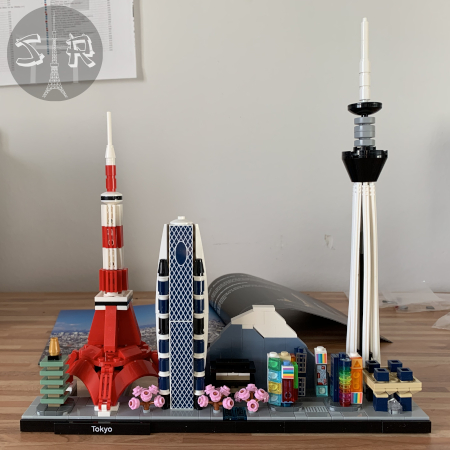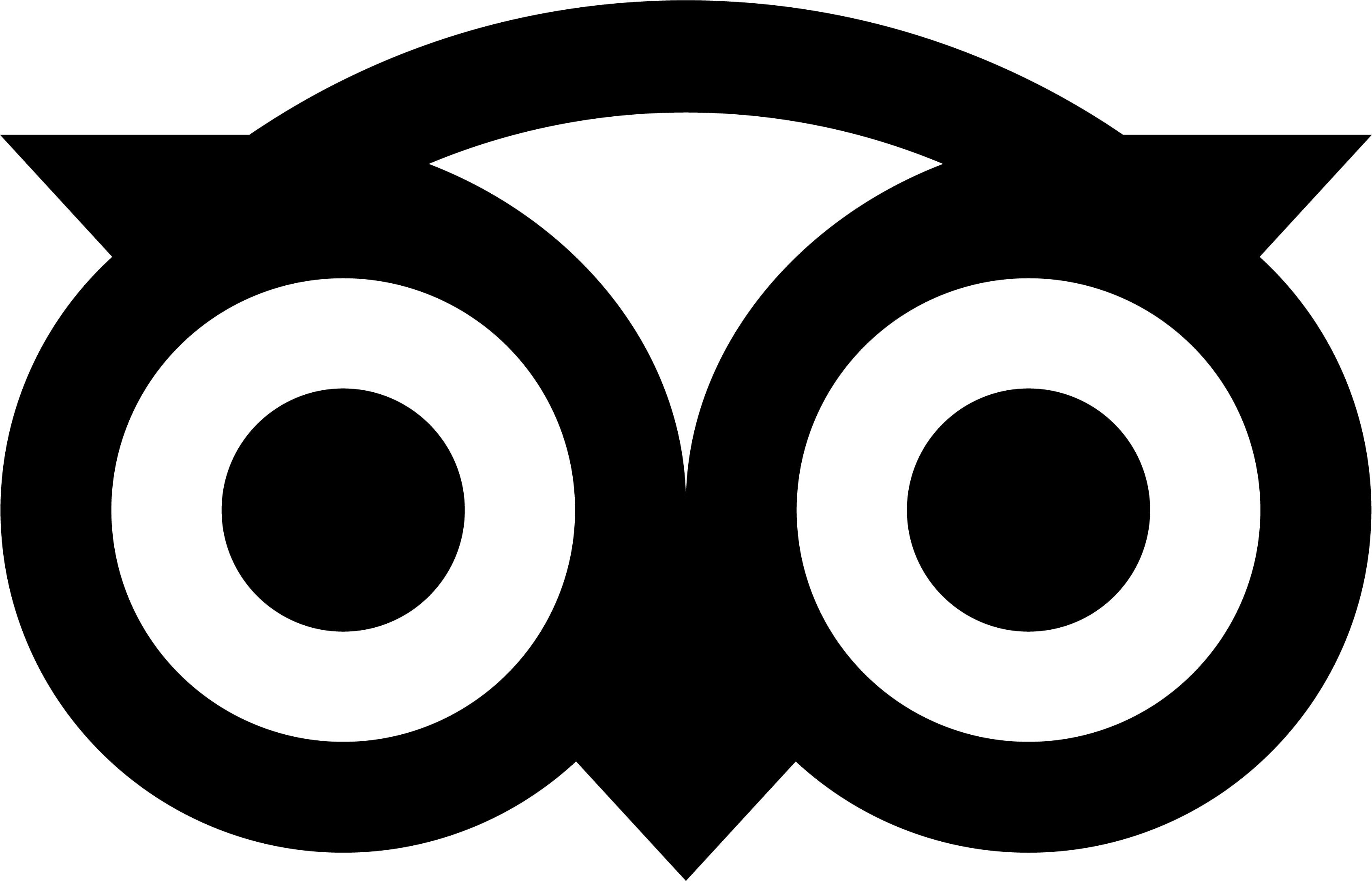
|
Final Fantasy is possibly one of the most famous video-game sagas in history, and out of the lot of them, Final Fantasy VII is maybe the instalment with the most repercussions. Final Fantasy VII was developed by Square (Square Enix nowadays), originally for Play Station, and first released in 1997. The saga started in 1987, and one year later, the first concert was held in Japan. If there is a second to the gameplay in the Final Fantasy VII saga, that is its music. The first event outside Japan was the Dear Friends – Music from Final Fantasy tour, directed by Arnie Roth in 2004 – 2005. Roth went on to arrange the Distant World: Music from Final Fantasy. With the release of the new version of Final Fantasy VII, called Final Fantasy VII Remake came the Final Fantasy VII Remake Orchestra World Tour which was supposed to start in 2020. Yeah. That 2020. In the end, the tour was postponed, with 20 concerts planned in Asia, North America and Europe. As a matter of fact, the tour had a stop in Barcelona, which was postponed for a year, almost to the day. We did not intend on attending at first, but by summer we found some nice tickets and decided to stretch the budget a little. The concert took place on the 11th of December 2021, Saturday, in the convention centre of Barcelona CCIB (Centre de Convencions Internacional de Barcelona), which… actually turned up to be the auditorium of the local Natural Science Museum. The concert started at 20:00, and doors opened at 18:30. We had a hotel just across the square, so we got ready and walked out. There was no line to walk in, but the people in front of us had issues with their tickets, so we had to wait for them to clear – cordoned off areas did not allow us to move to another usher after our luggage was checked. Once inside, we went down the stairs and a nice lady indicated the door we should use (wrong door, by the way). However, before going into the floor, we made a stop at the goods stand. Everything was awfully expensive, but… let’s say there’s a new chokobo in the SemiRandom headquarters now… We queued for goods for about 20 – 30 minutes while one of the guards yelled that we would not make it to the concert and that there were enough ushers to help us – we were out of the line by 19:40. When we reached our reserved seats we found them occupied by two random people who were supposed to be on the first floor and had “mistakenly” sat at the stalls. I’m amused though that someone would buy a ticket on the first floor, on a system where you have to click on the seat you want to buy, and then happily stroll down to the fifth row on the stalls – more than double the price. Anyway. We enlisted an usher to fix the issue, and by 19:45 we were cosy on our seats and waiting for the concert to start. The orchestra walked in at 20:00 on the dot. The whole concert lasted two hours and projected images of the video-game “films” and actual gameplay (… when the screen worked. There were technical issues). The truth is that I was quite impressed by the orchestration musical arrangements and the choir. To be honest, it was much better than I was expecting it to be, so I can tell you we’ll be checking more Final Fantasy music events. Throughout the concert, we got several video-recorded messages from developers and composers, including composer Hamauzu Masashi, who was attending some of the concerts. Originally, Yosh Morita, from The Prophets, had been announced to sing the power ballad Hollow. He did not come in the end, but singer Ricardo Afonso did a very decent job out of the song. (Ironically, though, the event was organised by Overlook Events, the same company which runs the Saint Seiya Symphonic Adventure disaster…) Setlist: |
Es posible que Final Fantasy sea una de las sagas de videojuegos más famosa que exista. Y dentro de la saga, tal vez la entrega más importante se Final Fantasy VII, desarrollada por Square (actualmente Square Enix), originalmente para Play Station, y salió a la venta en 1997. La saga comenzó en 1987, y un año más tarde se llevó a cabo el primer concierto en Japón. Si hay un número dos en la calidad de los juegos, esa es la música que tiene la saga. El primer evento fuera de Japón fue el tour Dear Friends – Music from Final Fantasy, dirigido por Arnie Roth entre 2004 y 2005. Roth continuó con Distant World: Music from Final Fantasy. Con el lanzamiento de la nueva versión de Final Fantasy VII, llamada Final Fantasy VII Remake llegó el anuncio del tour mundial Final Fantasy VII Remake Orchestra World Tour, que se suponía que iba a comenzar en 2020. Y todos sabemos cómo fue el 2020. Finalmente, la gira se pospuso, con 20 conciertos en Asia, Norteamérica y Europa. Y de hecho, el tour tenía una parada en Barcelona, que se retrasó casi un año justo. No teníamos ida de ir en principio, pero este verano encontramos unos buenos asientos, y decidimos estirar el presupuesto un poco. El concierto se llevó a cabo el 11 de diciembre de 2021, sábado, en el centro de convenciones de Barcelona CCIB (Centre de Convencions Internacional de Barcelona), lo que acabó siendo el auditorio del Museo de Ciencias Naturales. El concierto comenzaba a las 20:00, y las puertas se abrían a las 18:30. Nuestro hotel estaba justo al otro lado de la plaza, así que lo único que tuvimos que hacer fue bajar y cruzar. No había cola para entrar, pero después de que nos miraran el equipaje, sí tuvimos que esperar porque el grupo de delante tenía problemas con las entradas. Bajando las escaleras, una amable señora nos indicó que puerta usar (se equivocó, por cierto). Sin embargo, antes de ir a los asientos, nos paramos en el stand de merchandising. La verdad es que era todo carísimo, pero ahora hay un chokobo en la central de SemiRandom… Hicimos cola por unos 20 o 30 minutos, con un guardia desagradable que nos pegó cuatro voces sobre que no íbamos a llegar al concierto y que los ujieres no nos iban a ayudar; salimos de la cola a las 19:40. Cuando llegamos a nuestros asientos reservados, los encontramos ocupados por gente que “por error” se había sentado en la platea cuando tenía entrada de anfiteatro. No deja de hacernos gracia que alguien que compra una entrada en el primer piso, en un sistema en el que eliges el asiento vía clic, luego se equivoque y se siente en la platea, en unos asientos que cuestan más del doble de lo que ha pagado. En fin. Nos acercamos a una agradable ujier para desfacer el entuerto, y a las 19:45 ya habíamos reclamado nuestros asientos. La orquesta entró a las 20:00 en punto. El concierto duró dos horas, y se proyectaron escenas de las “películas” del vídeo y del juego en sí (… cuando funcionaba la pantalla. Que hubo problemas con ella). La verdad es que el concierto fue mucho más impresionante de lo que me esperaba, tanto en los arreglos de la música para orquesta, como en los coros. Posiblemente volveremos a algún otro concierto de música de Final Fantasy. A lo largo del concierto, hubo varios video-mensajes de productores y compositores, incluyendo el compositor Hamauzu Masashi, que ha estado viajando con la gira durante algunos conciertos. Originariamente, el vocalista de The Prophets, Yosh Morita, tenía que haber acudido a cantar la balada metal Hollow, pero finalmente fue sustituido por Ricardo Afonso, que no lo hizo nada más. (E irónicamente, todo el evento ha sido organizado por Overlook Events, la misma compañía que está haciendo el desastre de Saint Seiya Symphonic Adventure…) Lista de canciones: |
Prelude – Reunion –
Opening medley
Mako Reactor 1
Flowers Blooming in the Church
The Turks’ Theme
Tight rope
Stand up
Words left unheard
Tifa’s Theme – Seventh Heaven –
Those who fight – Battle Medley –
Part 2
Anxious Heart
Hurry!
Jessie’s Theme
Shinra’s Theme
The Arsenal
Those chosen by the Planet – Fate’s Calling –
Arbiters of Fate – Singularity –
Hollow
Final Fantasy VII Main Theme
Encore
Aerith’s Theme
One Winged Angel


































































 @SemiRandomJB
@SemiRandomJB 





